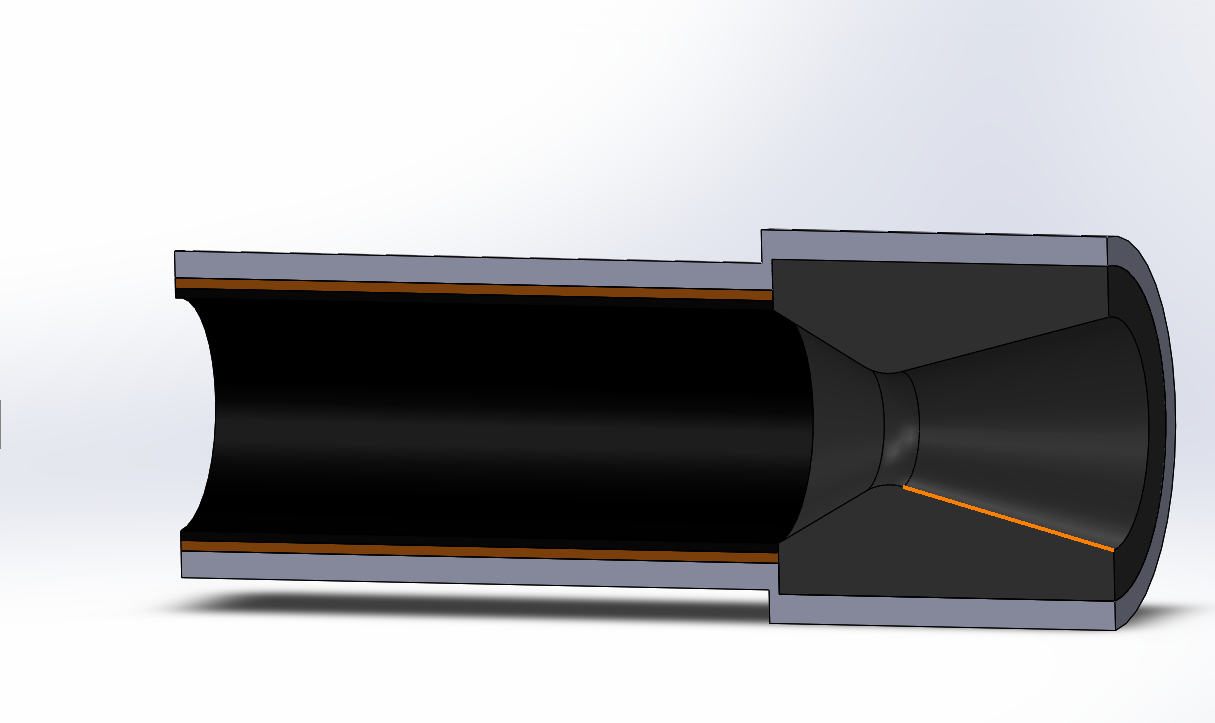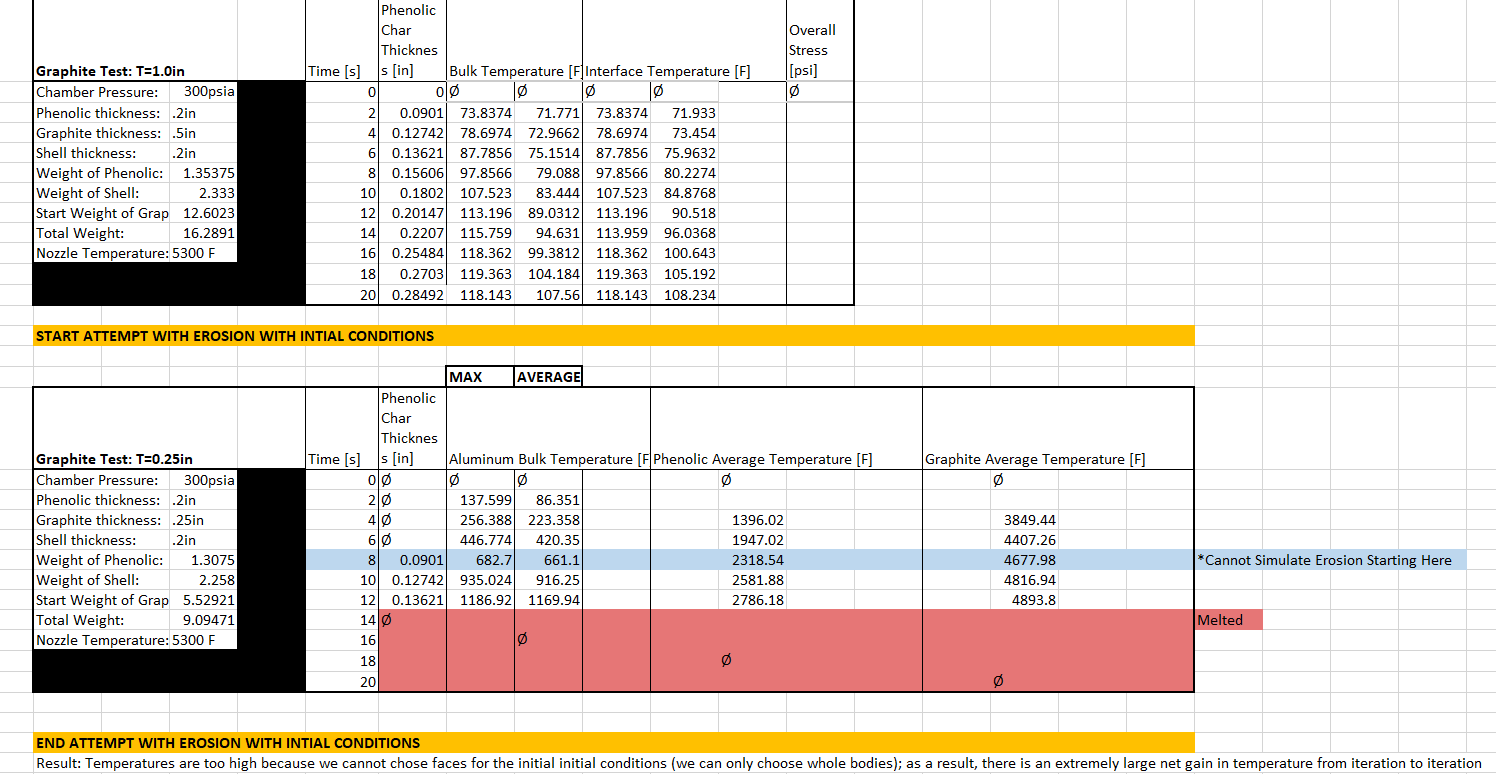Skills necessary
Heat Transfer
Structure Design
Stress Analysis
Liquid Fuel Propulsion Design
Composites Analysis
Computational Fluid Design
Finite Element Analysis
Computer-Aided Design
Computer-Aided Manufacturing
Team Collaboration
Technical Writing
UCI ROCKET PROJECT: 2017-2018
SUMMARY
Designed thermal insulation for a Liquid Bi-Propellant Rocket Engine for the UCI Rocket Project in 2017- 2018.
All members at the Rocket Test facility in the Mojave Desert
DESCRIPTION
The main purpose of the UCI Rocket Project for the 2017-18 school year was to try to build a rocket that could reach 40,000 feet using liquid methane as its main fuel source. Using Liquid Methane was a novel feature of the rocket since most rockets of that range use either a solid fuel design or other mainstream liquid fuels such as kerosene or gasoline. Additionally, liquid methane burns cleaner and more efficiently than comparable fuels and is seen as a future alternative fuel.
The problem I decided to tackle involved keeping the outside structure cool enough so the fairing did not melt from the heat generated from the combustion process in the engine. To accomplish this task, I iterated the thicknesses of the fairing and insulative materials in SolidWorks and ANSYS against hand-calculations with the ultimate goal to withstand heat generation and thermal expansion stresses for at least 9 seconds - the minimum run time of the engine.
Iteration of Aluminum outer structure in ANSYS - a key tool in verifying hand-calculations for temperature and stresses
Designing the thermal insulation system for our engine presented two main challenges: lack of specific material properties due to proprietary information being restricted and secondly, accurately modeling the heat transfer from the insulative material to the fairing material.
To overcome the problem of not knowing the exact material properties, I used data from publicly available sources such as NASA and ESA who have worked extensively with the categories of materials used in our project and developed a small bandwidth of material characteristics that were possible for our composite. In other words, I developed the best case heat transfer and thermal stress scenario, the worst case scenario, and cases in-between for the composite and designed the thermal insulation around those cases.
For modeling heat transfer and stresses related to thermal expansion within the rocket, the biggest challenge was balancing accuracy against time efficiency. As a rule of thumb, the more detailed you make a given model, the time it takes to complete the simulation increases exponentially. For example, if you want to increase the mesh size of the model by 30%, it may take an increase of 90% in time to process the scenario. If a typical simulation with a large mesh size (i.e. low definition) takes 10 minutes to complete and hundreds of different scenarios were needed, that balance between accuracy and time efficiency becomes a key component for productivity and was certainly true for building our engine.
Final Geometry of Rocket Engine
Finding that balance was a matter of trial and error; I eventually came to the answer that a simulation time of 30 minutes was an acceptable balance. Simulations output the following information: energy generated in the combustion chamber, energy absorbed by 2 types of insulation (graphene and the proprietary material mentioned above), char thickness that results when insulators are burned (think charcoal), and finally the resulting temperature after a specified time calculated in 1-second increments.
After the hand-calculations and simulations were finished and showed the minimum rocket run time was accomplished, I designed the thermal insulation to last for 15 seconds - nearly double what the design run time called for. Additionally, by choosing graphene as insulation for the converging-diverging nozzle, I reduced the cost of manufacturing the insulation by 20%.
Working on the rocket was by far the most insightful and rewarding project I did in college. In this project, I improved my time management skills, revisited core cost-benefit decision making skills, and further developed research skills. This project captured the essence of what it means to be an engineer in a developing field and I enjoyed each moment.



